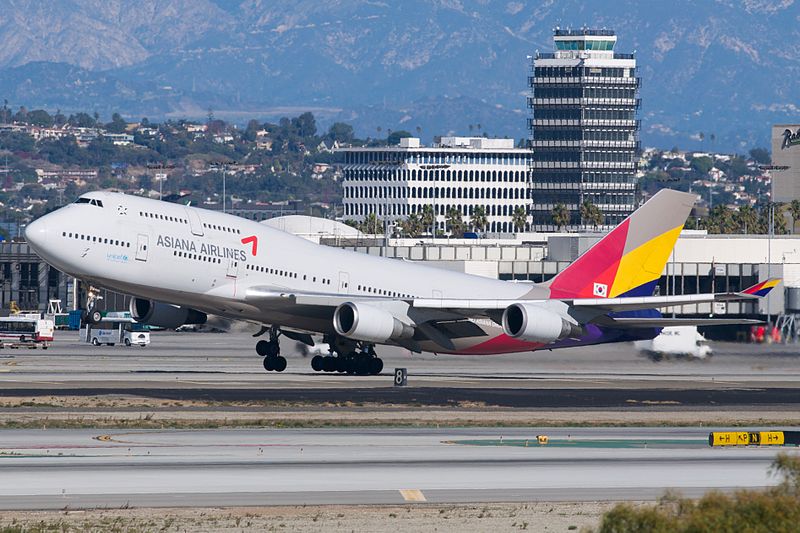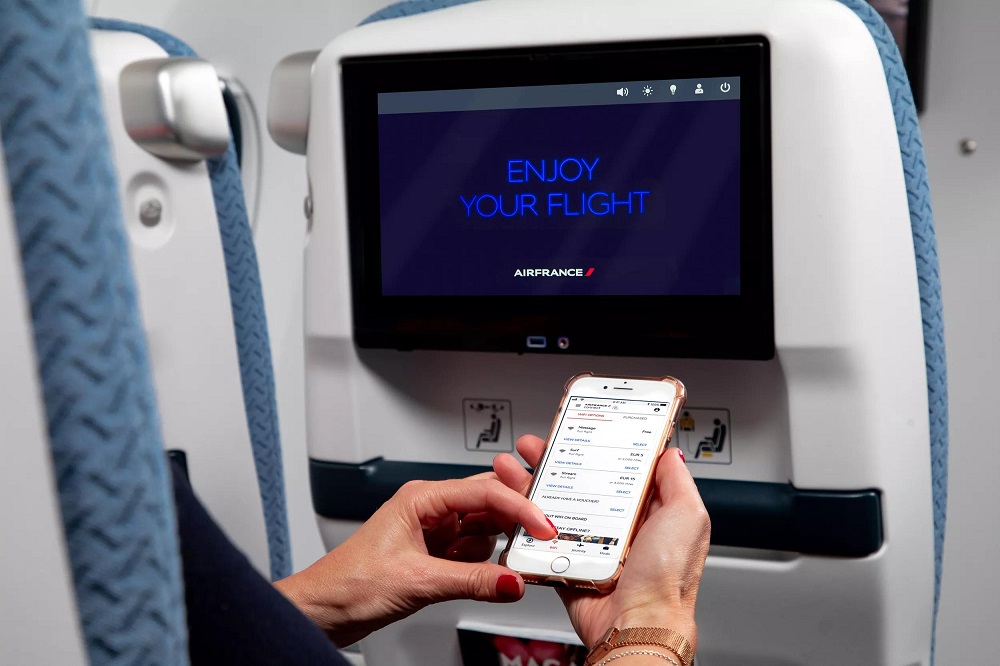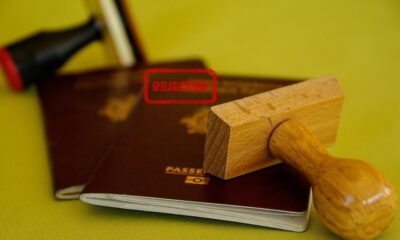Airlines
End of an Era: Asiana Airlines’ Last Boeing 747 Takes Its Farewell Flight

As the sun bathed the tarmac of Taipei Taoyuan International Airport in golden hues, a crowd of aviation enthusiasts and passengers gathered to witness a poignant moment in aviation history. With a majestic sweep of its wings, Asiana Airlines’ Boeing 747-400, fondly dubbed the “Queen of the Skies,” embarked on its farewell journey.
Departing from Taipei Taoyuan International Airport (TPE) bound for its ultimate destination, Seoul Incheon International Airport (ICN), flight OZ712 carried with it a legacy spanning over two decades.
Social media platforms buzzed with tributes and farewells, a testament to the profound impact of the Boeing 747-400 on the collective consciousness of aviation enthusiasts and travelers alike.
Yet amidst the wistful goodbyes, there existed an air of gratitude, as passengers seized the opportunity to avail themselves of Asiana Airlines’ generous offer: a 30% discount on tickets for flights aboard the boeing 747 400 throughout the month of March 2024. It was a fitting tribute to an aircraft that had become synonymous with reliability, comfort, and boundless adventure.
As the clock ticked, and the journey drew to a close, Seoul Incheon International Airport stood poised to welcome back its cherished icon. With a gentle descent, HL7428 touched down on familiar ground, completing its final flight with a sense of dignity befitting its illustrious legacy.
At both departure and arrival airports, fire trucks stood ready, their cannons poised to unleash a cascade of water in a symbolic salute to the retiring titan of the skies. oz airline It was a gesture of reverence, a final homage to an aircraft that had transcended its mechanical confines to become a symbol of human ingenuity and exploration.
Asiana Airlines, with its steadfast commitment to excellence, had played a pivotal role in shaping South Korea’s global connectivity. Through its international hub at Incheon International Airport, the airline had ushered in an era of unprecedented access, bringing the world to the doorstep of a nation brimming with culture, innovation, and warmth.

Airlines
These 6 Airlines Are Giving You Free Wi-Fi on Your 2025 Flights

In a world where staying connected is more important than ever, airlines are stepping up their game by offering passengers free Wi-Fi during their flights.
Gone are the days of paying exorbitant fees to check your emails or scroll through social media at 30,000 feet. Staying connected during a flight is becoming easier than ever, and in 2025, wireless password wifi airport and several airlines are taking it a step further by offering free Wi-Fi for their passengers.
Why Elon Musk Believes the F-35 Stealth Jet Is Obsolete – Here’s Why
Here’s a look at six airlines that are leading the way in offering free high-speed internet for everyone on board.
- 1.Air France
Starting in the summer of 2025, Air France is teaming up with Starlink to offer ultra-fast Wi-Fi on all its flights. The service promises a “ground-like” internet experience and will be available free of charge for passengers in all cabin classes. To access the Wi-Fi, passengers can log in using their Flying Blue loyalty program accounts. - 2.Hawaiian Airlines
Hawaiian Airlines made history as the first U.S. airline to partner with Starlink back in 2022. By September 2024, the airline successfully installed the high-speed Wi-Fi on all of its Airbus aircraft. With this partnership, airport wifi passwords passengers can enjoy reliable internet throughout their flight. - 3.JetBlue
JetBlue has been a pioneer in offering free Wi-Fi to its passengers. The Boston-based airline was the first major carrier to provide free Wi-Fi for all its customers, regardless of cabin class. The service is powered by ViaSat, ensuring that JetBlue passengers stay connected even in the sky. - Virgin Australia Launches Black Friday Sale on Flights Worldwide
- 4.Delta Air Lines
Delta is rolling out fast, free Wi-Fi across its fleet, thanks to a partnership with T-Mobile. As of 2025, SkyMiles® Members on most domestic flights can enjoy free Wi-Fi. The airline is also working to extend this service to its international and regional routes, ensuring more passengers can stay connected. - 5.Air New Zealand
Air New Zealand is one of the first international airlines to offer free Wi-Fi, thanks to its partnership with Starlink. The airline has already rolled out free Wi-Fi on many of its flights, allowing passengers to enjoy seamless internet access while traveling to and from New Zealand. - 6.China Eastern Airlines
- China Eastern Airlines offers free Wi-Fi on select flights to and from major U.S. cities, including San Francisco and Chicago. American passengers flying on these routes can stay connected with no extra cost during their journey.
-

 Aviation2 months ago
Aviation2 months agoMicrosoft Flight Simulator Raises $3 Million to Bring Back the An-225 Mriya
-

 Airlines2 months ago
Airlines2 months agoQatar Citizens Can Travel to the United States Without a Visa
-

 Defence2 months ago
Defence2 months agoWhich Country Has the Largest Fleet of Fighter Aircraft?
-

 Airlines1 week ago
Airlines1 week agoDAMAC Air: Dubai’s New Luxury Airline Offers Free Flights for Registration
-

 Airlines1 week ago
Airlines1 week agoAir India to Launch aircraft maintenance training institute in Bengaluru
-

 Airport2 months ago
Airport2 months agoWestern Sydney Airport Welcomes Its First Plane After 6 Years of construction
-

 Aviation2 months ago
Aviation2 months agoDid you know ? Once Boeing 747 carried 1088 passenger in 1991
-

 Travel1 week ago
Travel1 week agoThis country tops visa rejections in the popular Schengen countries








